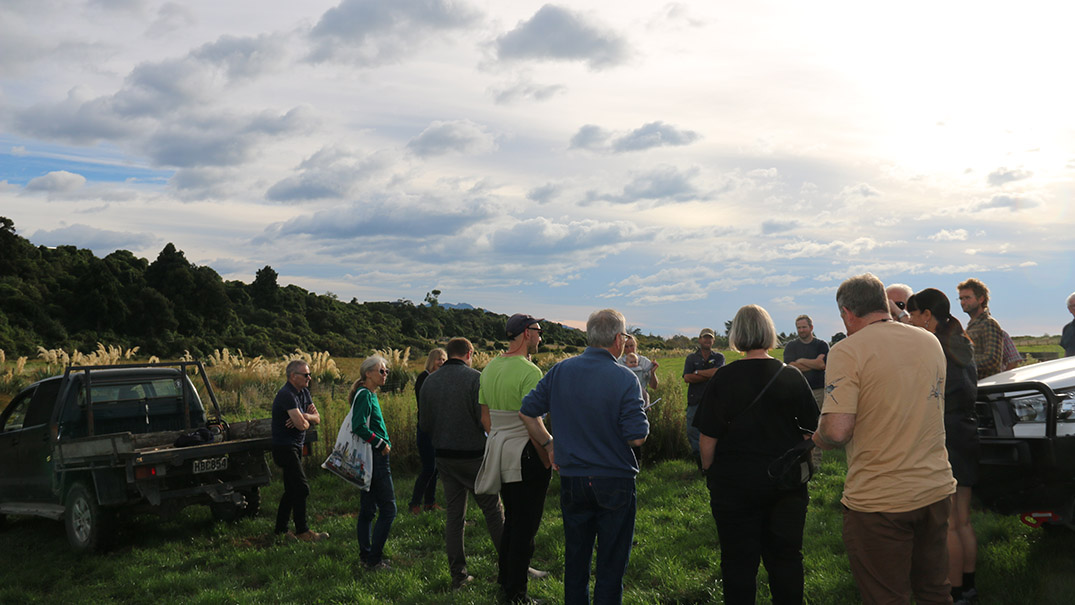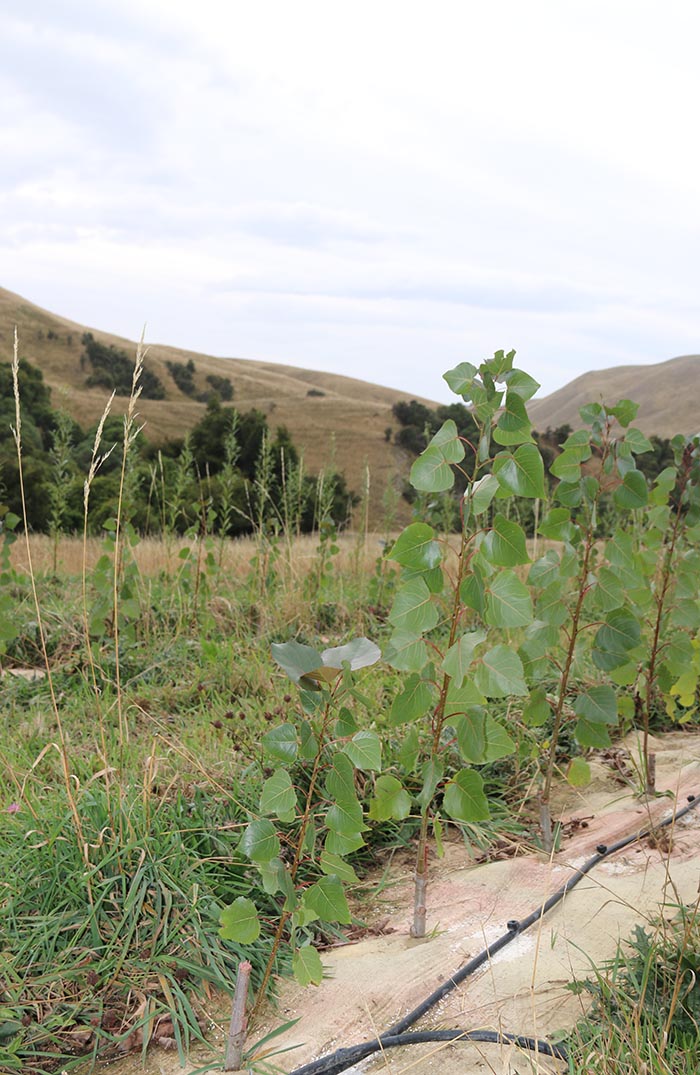
Kaikōura welcomes Canterbury Councillors
Last month, 11 of our Councillors visited Kaikōura on a three-day field trip to see first-hand the mahi underway to enhance biosecurity and biodiversity, conserve and regenerate soil in hill country, and preserve the cultural values of the area.
Kaikōura is one of the most ecologically diverse locations of the entire east coast of the South Island. The lofty and picturesque Te Whatakai a Rakihouia/Seaward Kaikōura Range is home to several unique species of plants, insects, and reptiles, while the rocky coastline supports a complex network of flora and fauna.
Our Councillors represent you in this region, working with Papatipu Rūnanga, and alongside key stakeholders and the community. This trip was to see work on the ground that is delivering on the aspirations outlined in our vision and purpose.
Protecting costal biodiversity with whanaungatanga
Councillors were led by biodiversity advisors to the lower Waiau Toa/Clarence River, a braided river system of significant value, both culturally and ecologically.
The Waiu Toa catchment is an important area for Ngāti Kuri, the tangata whenua, with mana whenua and mana moana in Kaikōura.
Here, the Waiau Toa Clarence weed management program addresses pest plant threats over much of the 2600km² catchment, and several predator control programmes are underway. Commitment to whanaungatanga, working together towards a common goal, is at the centre of the joint approach between Environment Canterbury, the Department of Conservation (DOC), Land Information New Zealand (LINZ), Te Rūnanga o Kaikōura, landowners, and the local water zone committee, among other supporting agencies.
By addressing threats to native vegetation along the river, we can help preserve the fluid nature of the Waiau Toa braided river system, and, in turn, the vibrant birdlife in the area.
Infestation of pest plants can not only affect the flow of braided rivers, but their ecosystems as well. Dense weedy thickets can narrow the waterways, affecting the natural nesting patterns of birds and making them more vulnerable to predators. They can also outcompete the unique assemblage of low-stature plant communities adapted to braided river environments, such as the Nationally Endangered pygmy goose foot.
Councillors at this site were able to gain some understanding of this ongoing biodiversity mahi, and appreciate the natural beauty of this vast and rugged iconic South Island landscape.
Saving high country from erosion
The Kaikōura high country was majorly affected by the Kaikōura earthquakes and continues to face challenges with soil conservation and erosion control.
Councillors were given an opportunity to join Tony Blunt, a Kaikōura District Councillor and early adopter of the Soil Conservation and Regeneration Programme (SCAR), at a local poplar and willow nursery tucked in the rolling hills on the north side of the Waiau Toa/Clarence River. This nursery was established with our help and is managed by the landowner.
Exotics like poplars and willows establish dense root systems quickly. When planted strategically on sloped sections, they work to bind soil together and reduce sediment loss and nutrient run-off. Landowners in the Kaikōura, Hurunui, and Waimakariri districts can tap into this programme, which also includes support for native revegetation and Land Use Capability (LUC) Mapping.
The programme represents an innovative and collaborative approach in land management that North Canterbury continues to lead.
Knowing our region
Waitaha is the largest region in the country, covering approximately 4.2 million hectares, and around 800 kilometres of coastline.
This large area and its diverse landforms and varied climates mean that the region has an extensive range of ecosystems that support many species of plants, animals, and micro-organisms.
"Our region has some complex challenges when it comes to biodiversity and erosion control, so I know that Councillors appreciate the chance to get out and see how we’re tackling these issues on the ground, as opposed to looking at presentations and pieces of paper," says Chair Peter Scott.
"We also enjoyed our discussions with Ngāti Kuri and Te Rūnanga o Kaikōura Ltd, who provided an overview of their business and showed us several of their projects, and we were able to hear some of their concerns.
"Site visits like these mean that our Council understands the work being done so that we continue to make informed decisions about funding and policy in the future."


